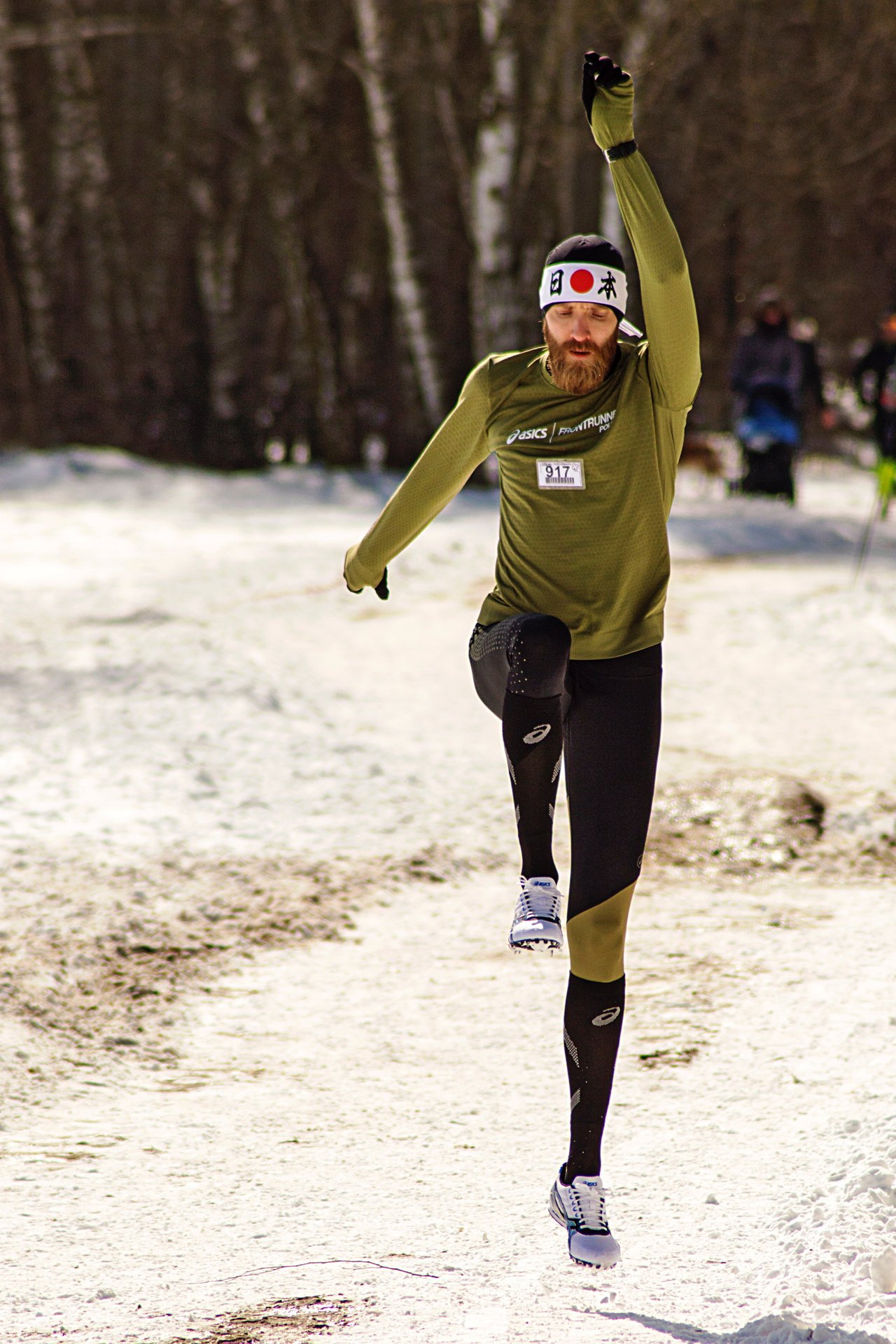High Intensity Interval Training or HIIT, comprises repeated short bouts of sprints or high intensity exercise followed by lower intensity recovery, and unless you’ve been training in a cave for the past two years, HIIT has been a major talking point in training for some time. I touched on the subject in my first ABC's of running post, so thought it would be a good chance to elaborate further in a dedicated article.
I have been incorporating HIIT into my workouts for some time now as it's a great way to reduce the length of training sessions by increasing the intensity and use it, not exclusively, but across my run, swim and bike training. Recent research out of the University of Victoria(Australia) found surprising effects on the bodies cell mitochondria, which are responsible for taking oxygen from the blood to produce energy for muscles.
The research results suggested cell mitochondria not only adapted to the increase in stress, but also increased in number and improved function by 30% within the first 4 weeks. The research also showed that the high intensity training, especially sprinting, worked better as the participants needed to recruit all of their muscle fibres at once, compared to low intensity exercise that only used the muscle fibres that were needed. The research is not only showing that this improvement to mitochondria function could help obesity, cardiovascular disease and type two diabetes, but also be linked helping with improvements in ageing and Alzheimer’s.
The Australian Science Television Program Catalyst also committed to the research with one of their reporters completing their own set of training for a four month period with a goal to complete three 20 minutes training sessions per week. The four month period did show some positive results, with the training increasing the participant’s VO2max from 36 to 40, she lost 1.5kg of fat and 6 cm from her waist and was able to run 9km non stop when she could not even run 3km before the training started.
Below is a link to the episode of Catalyst:
http://www.abc.net.au/catalyst/stories/4319131.htm
What The HIIT Workout Consisted Of:
- Warm up(Aprox 5 minutes)
- 4 x 30 seconds hill sprints with a rest for 4.5 minutes(20 minutes of work)
If you were to ask for my opinion a few years ago, I would not have been 100% convinced of the benefits and more of a balanced approach to training is the best way to improve endurance especially when training for longer distances. My own training has incorporated a lot more HIIT sessions and shown an ability to still perform at the same level if not better than what I could previously.
Including my recent discussions on the 9 Mile Marathon Training Plan, it is pretty clear there is still a lot more still to find out when it comes to endurance training.
Things To Remember With Your HIIT Training
HIIT Training can be difficult, so make sure you are ready to give it your best by remembering a few things:
- Make sure you are ready for the high intensity. This could mean getting a doctor to give you the all clear beforehand.
- Wear the footwear. Make sure all your equipment is ready for high intensity efforts.
- Don’t over do it. It may be worth taking your heart rate after each high intensity bout to make sure your heart rate is getting high but not too high.
- Warm up. Even though you are saving time with your main set, you still need to be warm and ready for it.
- Try to keep intervals less than 2 minutes. You should be struggling to reach a minute, so if you can easily reach two minutes, you are most likely not pushing yourself hard enough.
- Recover. Not just in between sets but also after your training session. Give yourself enough time to properly recover before your next training session.

Now over two years ago, a pic of me running Ironman New Zealand
About the Author
Hey I'm Vince, an Aussie living in New Zealand, trying my best to make the most of the time I have. I work as a Software Engineer but love to run and all aspects of it, including geeking out on the latest science to help get the most out of my body.
For more information about @runningproject please see the latest status report:
@runningproject/the-steem-running-project-8th-status-report-upvotes-forever-in-all-posts-of-our-approved-runners
And don’t forget to vote for your favorite author of the week: @runningproject/vote-your-running-author-of-the-week-the-steem-running-project-wk16-by-runningproject
Posted by @plantstoplanks on behalf of the @runningproject

